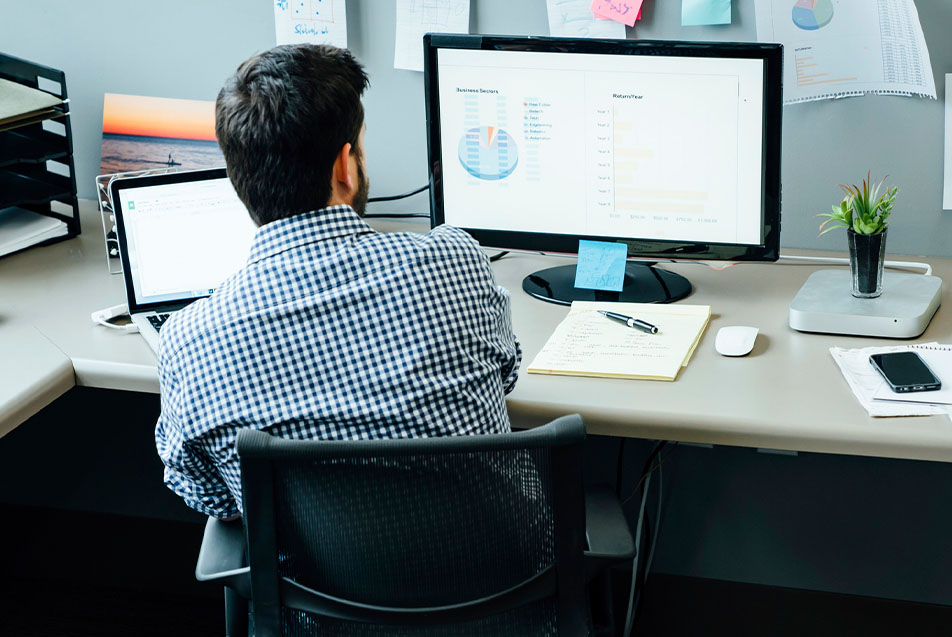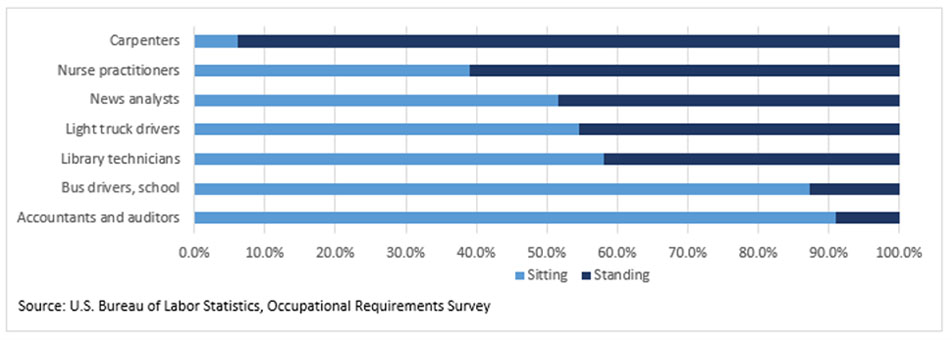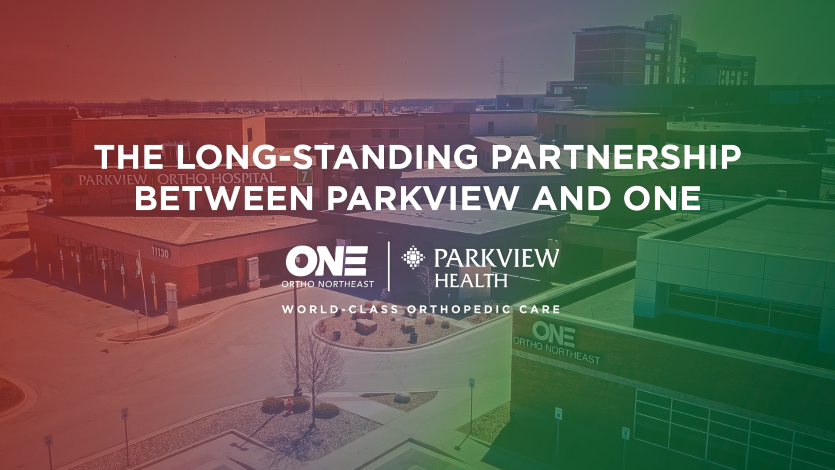
After a long day of work, it’s not uncommon to experience sore feet or tired legs, but what if those aches and pains are a sign of something more? Amber Glessner, NP, Parkview Vein Center, explains what chronic venous insufficiency is, why professions that require prolonged periods of sitting or standing are at an increased risk and the best ways of managing the condition.
Defining the condition
Chronic venous insufficiency (CVI) is a condition of leg vein valves not working effectively, causing blood to collect in veins. The purpose of vein valves is to return blood from the legs to the heart. It’s estimated to affect up to 40% of people in the U.S. population and is more prevalent in women and individuals over 50. The severity of CVI depends on many factors, but if left untreated, it could lead to serious health complications.
Causes
CVI can occur when the damaged valves allow the blood to reflux and leak backward, which leads to pooling, placing pressure against the vein walls, and causing them to stretch. Once the valves and veins weaken, it can make it difficult for the blood to flow back up to the heart, causing the blood pressure in the leg veins to stay elevated for extended periods, leading to CVI.
Symptoms
The signs of CVI can be different for everyone and usually depends on the condition’s progression. Some of the more common symptoms could include the following:
- Varicose veins
- Swelling in the legs and ankles
- Pain and aching in the legs
- Fatigue, tiredness or heaviness in the legs
- Skin discoloration on the lower legs
- Leathery-looking skin on the legs
- Flaking or itching skin on the legs
- A breakdown of the skin (in some cases)
- Ulcers (if infected, can cause cellulitis in surrounding tissue)
Risk factors
If you have any of the factors for CVI, you are at an increased risk of developing the condition. The aspects often associated with the disease are:
- Obesity
- Inactivity
- Pregnancy
- Smoking
- Age (over 50)
- Gender (female)
- A history of deep vein thrombosis
- Varicose veins/family history of varicose veins
- Sitting or standing for extended periods (due to occupation)
Furthermore, numerous professions that require workers to stand or sit for prolonged periods could include but are not limited to doctors, nurses, medical workers, retail employees, machine operators, construction workers, teachers, servers, cooks, etc. And many of those individuals experiencing CVI often report that their symptoms worsen throughout the workday as blood continues to pool and build pressure in the leg veins.

Treatment and prevention
Like many other diseases, CVI is more easily treated in the early stages. Compression and lifestyle modifications are basic strategies that can help treat and manage the condition. One of the best tactics is to avoid prolonged periods of sitting or standing. This helps keep blood flow going upward while reducing the chances of pooling and elevated pressure in the legs.
In some cases, CVI is unpreventable, but you can take steps to decrease your risk by engaging in some healthful habits, such as exercising regularly, eating a balanced diet, maintaining a healthy body weight, elevating your legs, practicing good skin hygiene and wearing compression stockings daily.
Additionally, there are some workplace interventions and strategies that employers could implement. Depending on the company or organization, this could include adding padded floor mats, sit-stand workstations, adjustable chairs, and cost coverage for shoe inserts, arch supports, compression stockings and quality footwear.
If you’re an employee, you can do a few simple stretches and exercises to help you stay comfortable while reducing complications during your workday. This could include:
- Knees – Periodically bend the knees slightly to provide a more natural posture and lift the heels and toes of the shoe to help strengthen the legs while standing.
- Feet – Try resting one foot on a stool while standing to relieve the lower back.
- Legs – When standing in place and your legs are fatigued, try raising or kicking one leg behind you.
- Hips – Put one foot on a stabilized chair or step stool, then lean forward to stretch your upper thigh and hips. Be sure to switch sides.
Individuals could also try a foot and calf massager or percussion gun for a deep tissue massage to find relief after a long day.



